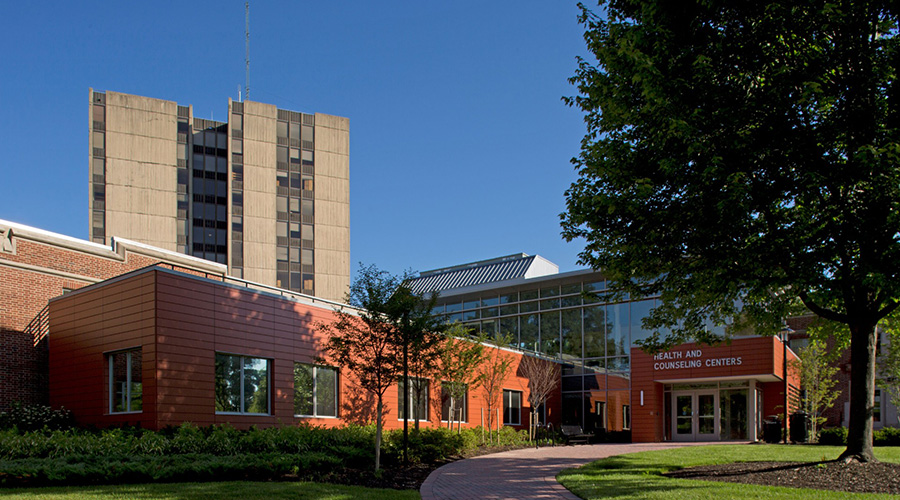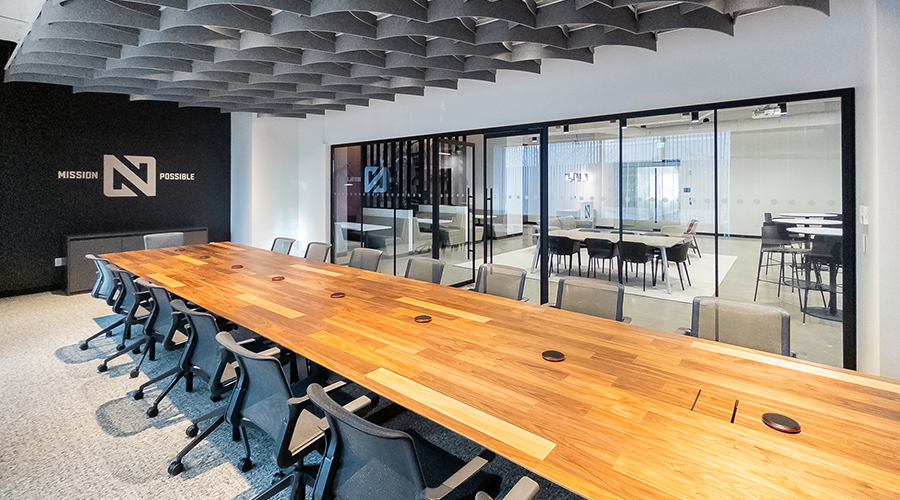Adaptive Reuse, Not Historical Preservation
While every effort was made to retain existing historic materials, this was not always possible. Given the initial goals laid out for the project and the constraints of the budget, the project was generally more intently focused on adaptive reuse rather than historic preservation. For instance, the original single-pane wood windows at the three dormitories were replaced with insulated clad windows for increased energy efficiency although this meant that the existing profiles could not be replicated. However, the existing slate shingle roofs at Vinzant Hall as well as at the three existing dormitory buildings were all repaired. Furthermore, the original steel windows in the Hardin Library and Roberts Auditorium were refurbished rather than replaced as were the 100-year-old wood windows at Upshaw Hall – all of which were budget-driven decisions. Where possible, unsympathetic modern materials were eliminated and replaced with more historically accurate materials. For instance, at Ponder Hall, the oldest building on campus, a standing seam metal roof – more in keeping with the original tin roof – was installed, replacing the existing asphalt shingle roof. Also at Ponder Hall, 1980s-era aluminum windows were replaced with insulated clad windows that more closely matched the original, historic profiles.
Given the complexity of the project, the budget and schedule were major constraints. By engaging the Gilbane Building Company as construction manager at an early stage, potential obstacles were identified and proactively addressed. The Georgia State Legislature funded $46 million of the project cost. In anticipation of the potential budget limitations that might be presented during the course of the 225,000-square-foot renovation project, the GDC’s inmate labor force performed most of the demolition work and undertook the interior build-out of several of the major buildings. In addition, the City of Forsyth donated water and electrical infrastructure improvements, which contributed to further project savings. Due to the contributions of these entities, total project costs were held to the originally budgeted $46 million, although if the contributions of these entities were counted, the true commercial value of the project would likely have been closer to $60 million.
Rajiv Wanasundera, AIA, AICP, LEED AP, is an Associate in the Education and Historic Preservation Studios at Lord, Aeck & Sargent. He can be reached at rwanasundera@lasarchitect.com. Christine Ray, RA, LEED AP, is an Associate in the firm’s Education Studio and can be reached at cray@lasarchitect.com.
Related Topics:












